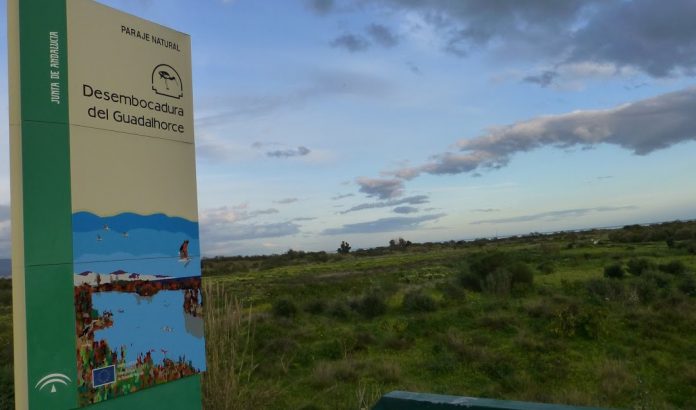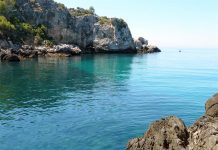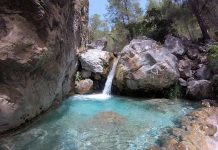The Guadalhorce Estuary hiking trail can be done on foot or by bike. We propose doing it on foot to get some exercise while enjoying the landscape.
The Natural Park of the Guadalhorce Estuary is located to the west of the city, bordered on one side by Guadalmar and on the other by the Antonio Banderas promenade. Although access can be done from both sides, it is advisable to start from Guadalmar, and that is where we will explain the trail from.
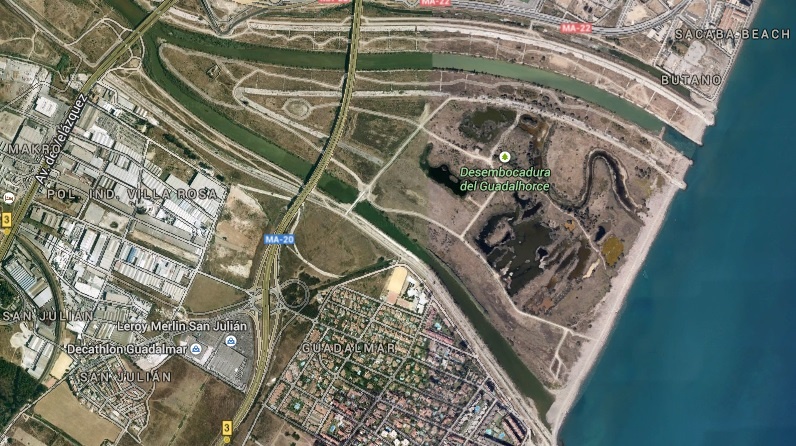
Guadalhorce means “River of Silences” in Arabic
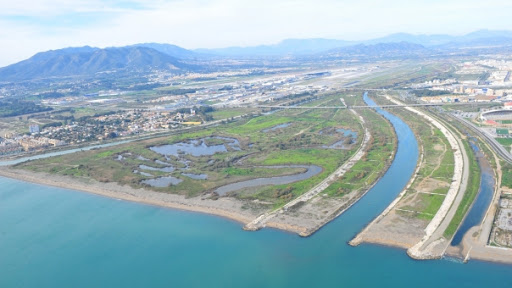
This natural park (declared so by the Junta de Andalucía) with more than 60 hectares, is one of the most important ornithological enclaves in southern Europe. It is located between the two forks with which the river flows into the sea, forming a large wetland of great value for birds. It consists of two marked trails and is very comfortable to do with children and even by bike.
“A WONDERFUL CONJUNCTION OF VEGETATION, WETLANDS, SEA AND BIRDS”
This site offers the possibility of taking walks through its designated areas and enjoying nature, with a length of about 4.5 km that can be done in about 2 hours.
Note: we cannot stray from the designated areas, remember that we should not disturb the birds that live there.
The Trail
Our route through the Guadalhorce Estuary starts in the neighborhood of Guadalmar, bordering the river until we reach the pedestrian bridge that crosses it, from which we can continue along the two existing trails.
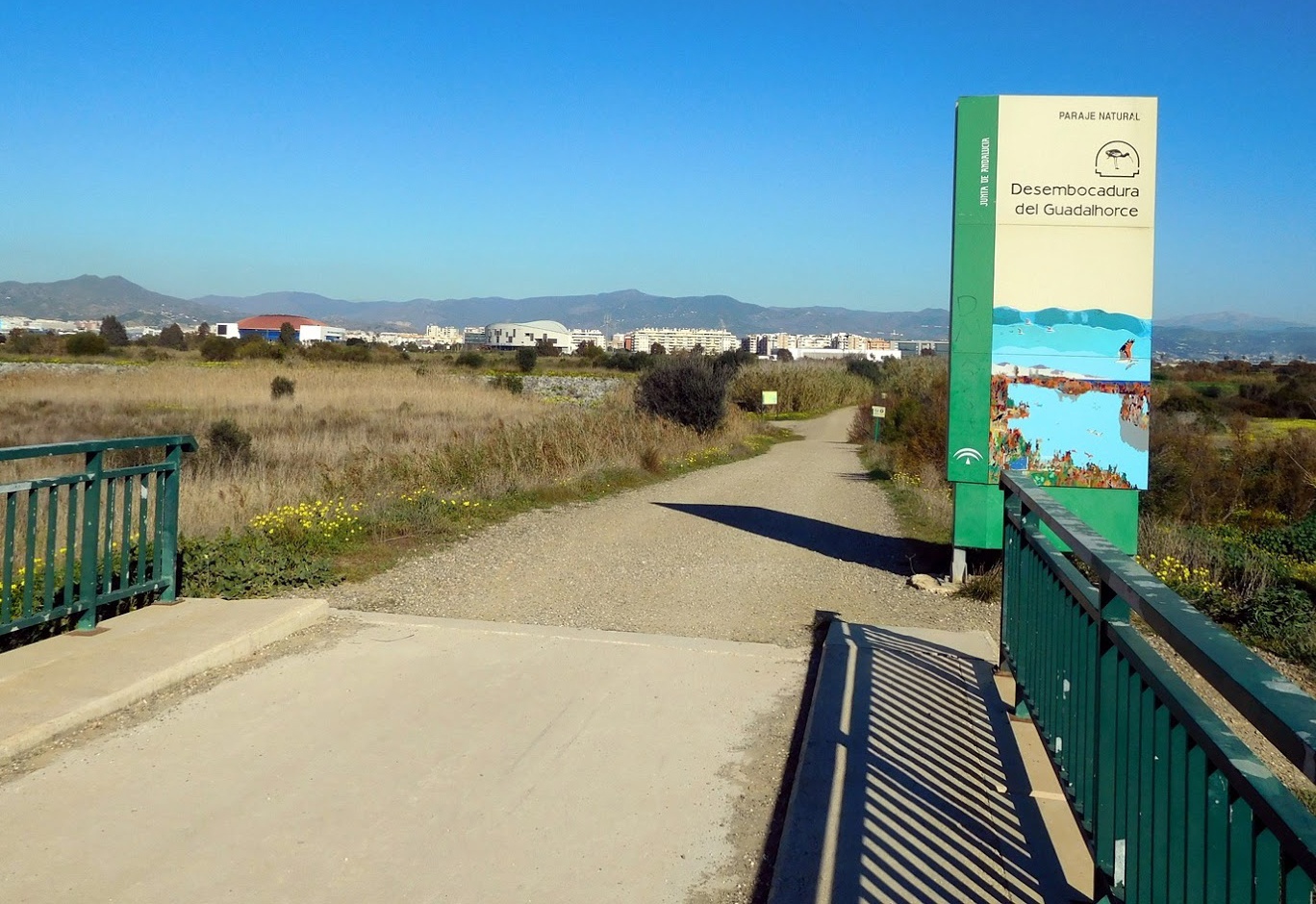
On one hand, we have the Sendero del Río Viejo with a length of 1.6 km, and on the other hand, the Sendero Laguna Grande with a length of 1.7 km. Both paths lead to the observation points.
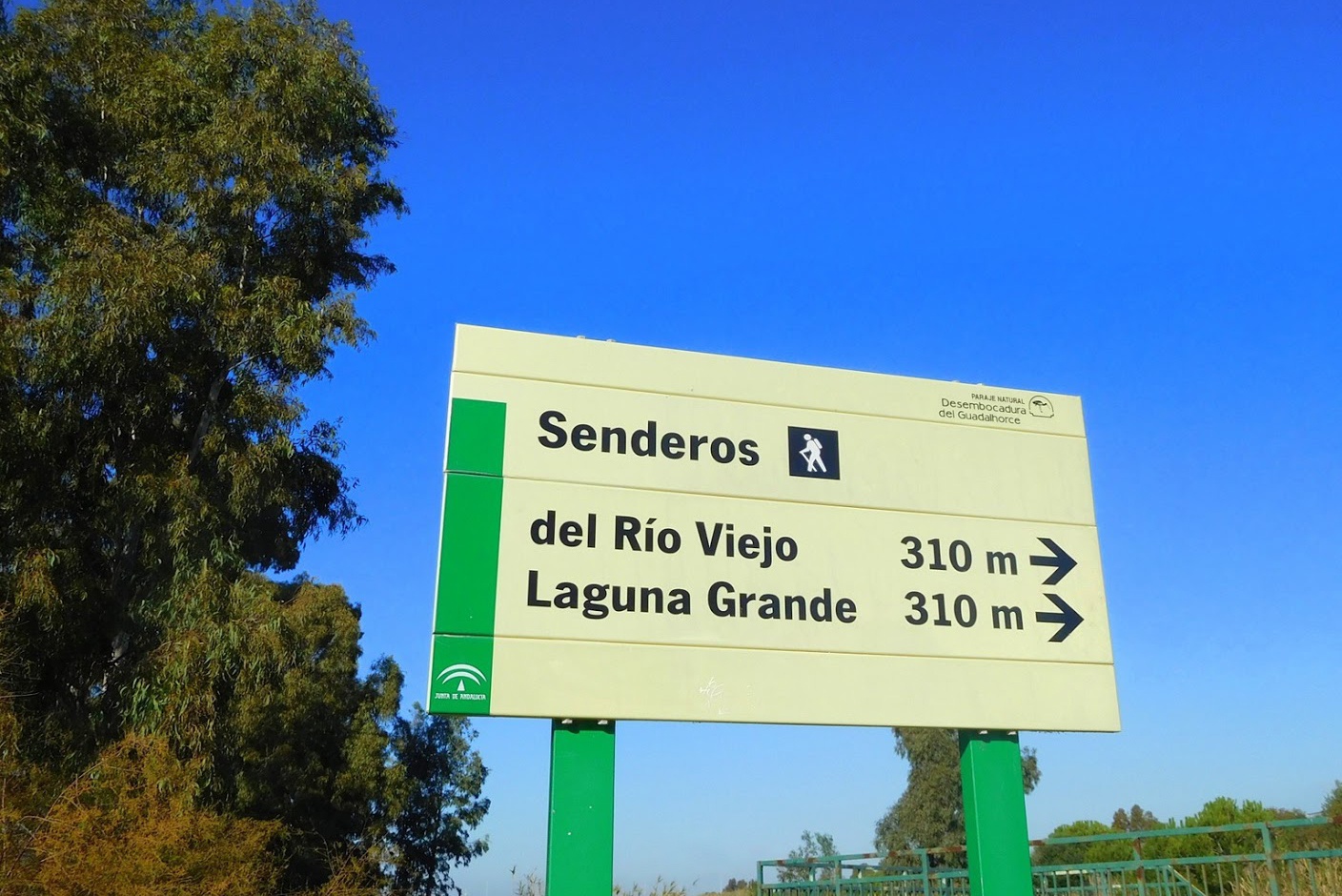
What can we see on the hiking trail through the Desembocadura del Guadalhorce?
On the route, we can find 5 observation points overlooking the lagoons and the sea, from where we can spot all the birds found in the estuary and enjoy the scenery.

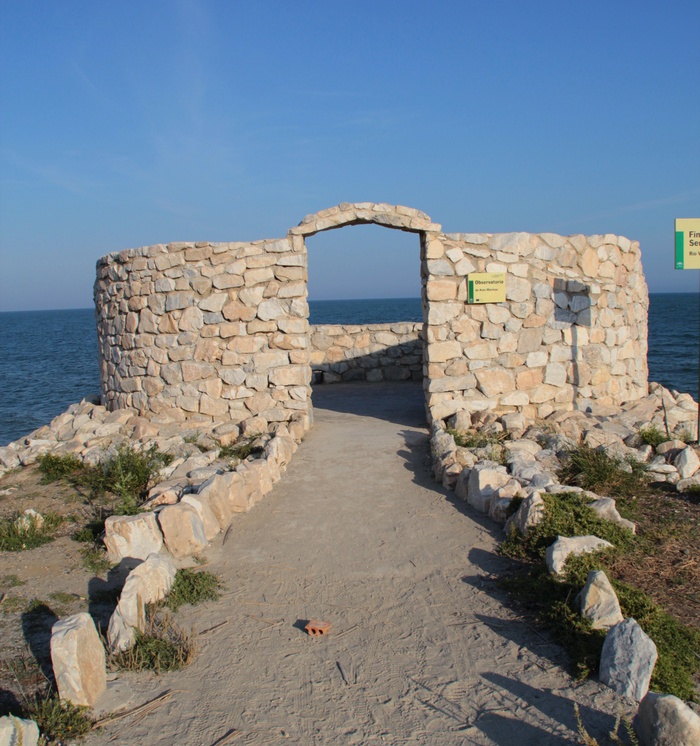
The five lagoons that make up this natural park are: Laguna Grande, Laguna Escondida, Laguna de la Casilla, Río Viejo, and Eucaliptal.
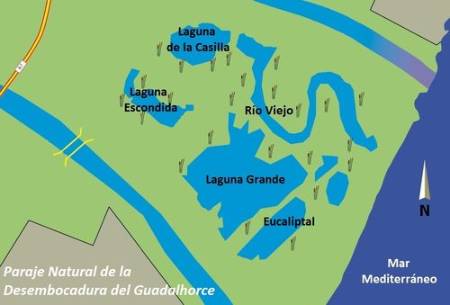
Among the birds, migratory birds stand out such as the black stork, flamingos, coots, little egrets, seagulls, kingfishers, herons, petrels, ducks, and many more. It is also an important breeding area for many other species, such as the Kentish Plover.
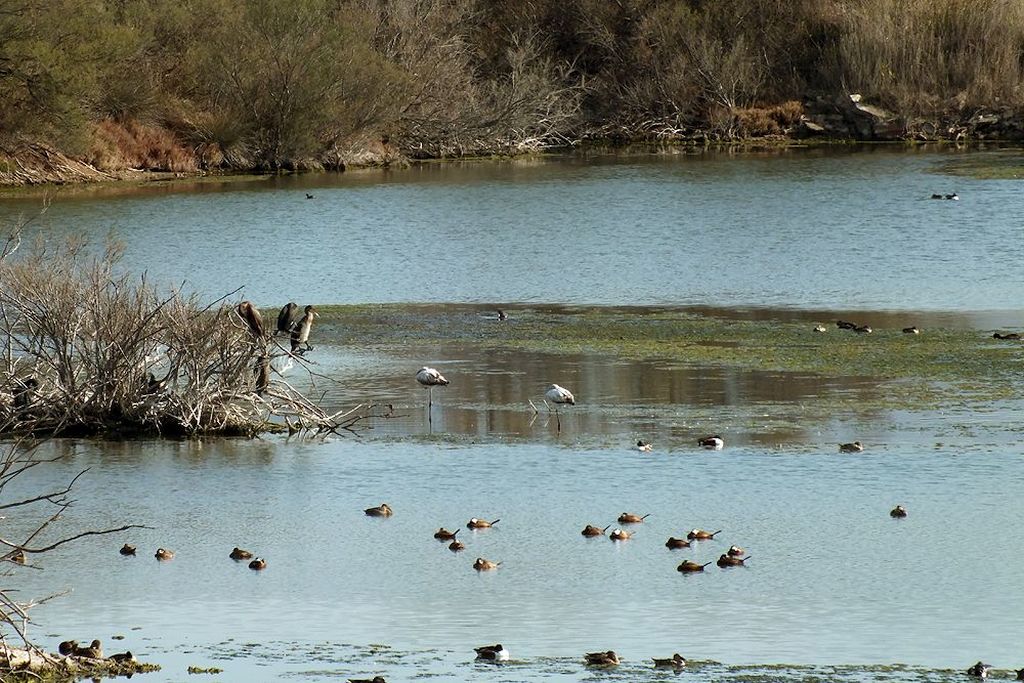
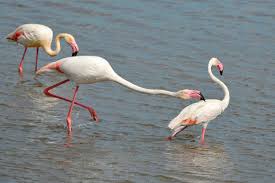
There is also great richness in terms of flora, with species that are almost disappearing in other areas of the Malaga coast, such as dune vegetation. We can find poplars, eucalyptus, tamarisks, reeds, canes, and rushes. There are aquatic plants in the lagoons. And we can also find beautiful yellow flowers known as “pegamoscas“.

In the estuary, we also find Phoenician ruins known as Cerro del Villar, which show the use of this area as a port
WE RECOMMEND WEARING COMFORTABLE SPORTS SHOES, COMFORTABLE CLOTHING, SUPPLIES, AND BINOCULARS TO SPOT THE BIRDS.

